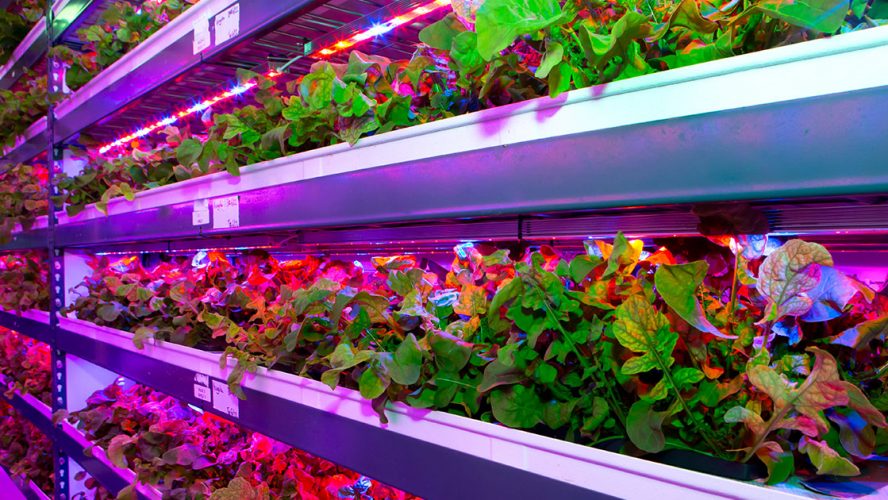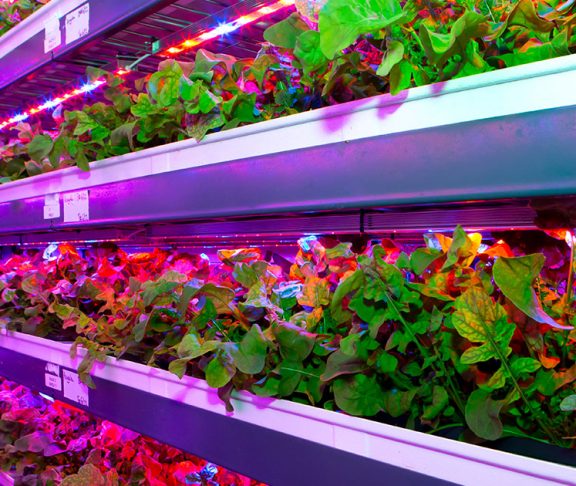By 2030, the global population should reach 9 billion. Traditional agricultural methods are too far from the point of consumption (or there is disruption in the supply chain) and food waste is devastatingly high. The future is in vertical farming and digitally distributed agriculture (DDA), with COH leading the way.
Rethinking farms
Assuming land is available, traditional farming may produce enough food to feed the population. However, farming land is often thousands of miles from where food is consumed. Processors hold more market power than farmers — they guarantee supply and distribution. The benefit of vertical farming, said Sonia Lo, CEO of COH, the largest vertical farming operator in the world, is that you can be located close to urban centers, use a small geographic footprint, and have a direct relationship with your customer — cutting food waste to less than 1 percent. While you are limited by traditional farming methods in a 100,000-square-foot greenhouse, vertical farming provides tremendous opportunity in that same space.
DDA is the building of farms near major population centers, using digitally controlled systems that allow for predictive analysis and extremely accurate and efficient growing, according to Lo and Dr. Deane Falcone, COH’s chief scientific officer. This allows the use of a supply chain’s “just-in-time” methodology. Farmers control food distribution, so food is produced when it is needed and gets to people where they need it.
Hardware on the farm
Sensors, LED lighting and energy-efficient appliances are driving the success of vertical farming. COH is hardware agnostic and is willing to use other companies’ off-the-shelf hardware to integrate into its own solutions. “We believe hardware is commoditizing, and that it is better to be a systems integrator,” said Lo. Farms built with COH’s solution cost a quarter of their competitors’ buildout costs.
The result is more efficient and safer food production. For instance, a COH farm in Dubai will be the world’s largest, producing 6,000 pounds of food per day.
“This is the future of agriculture. As technology scales, costs come down and crop varieties grown using these methods increase,” concluded Lo and Falcone.


